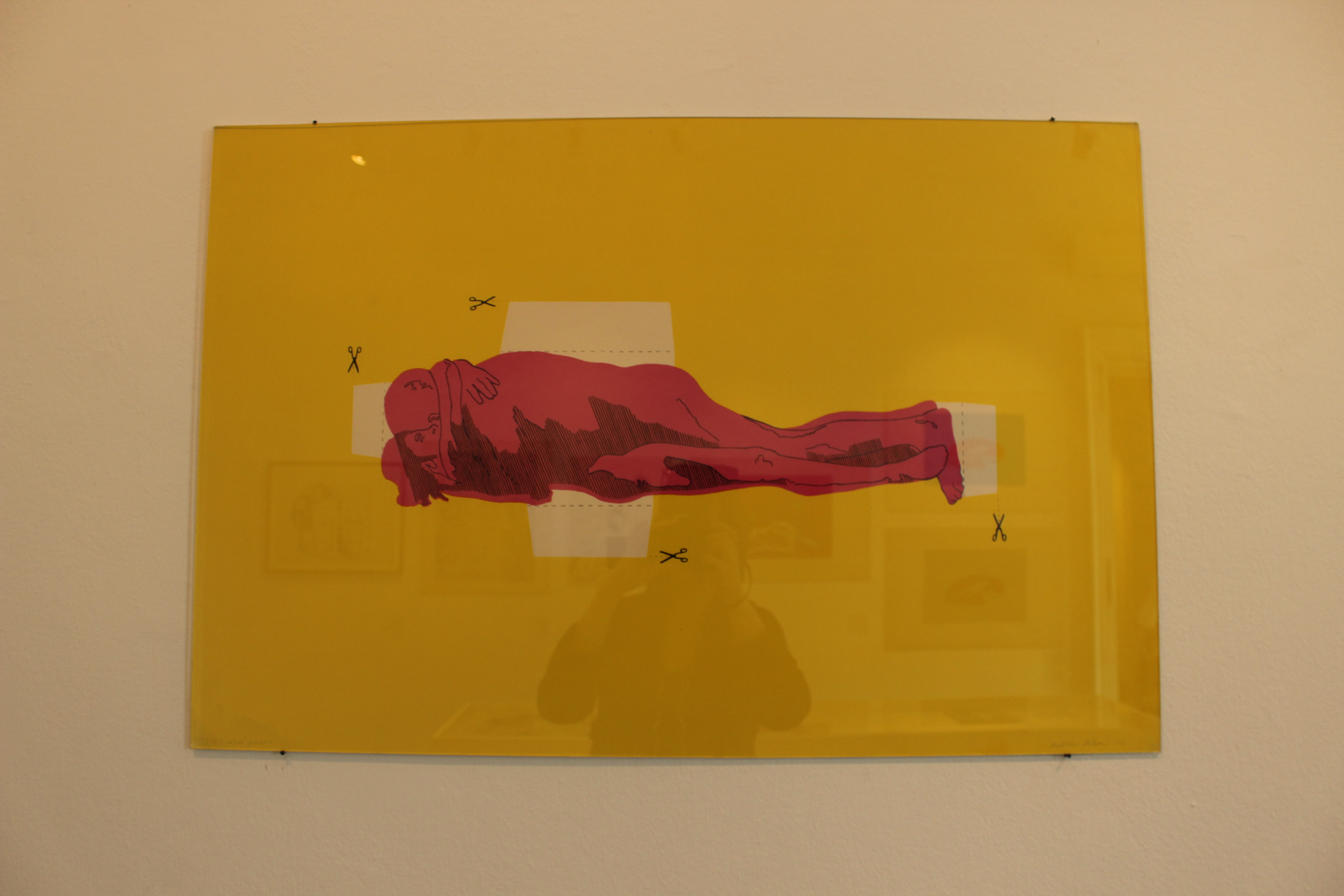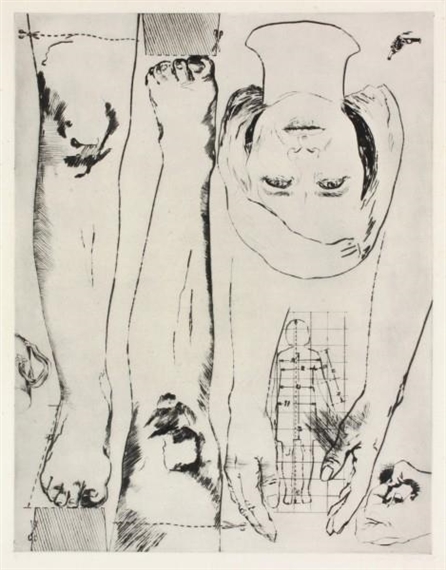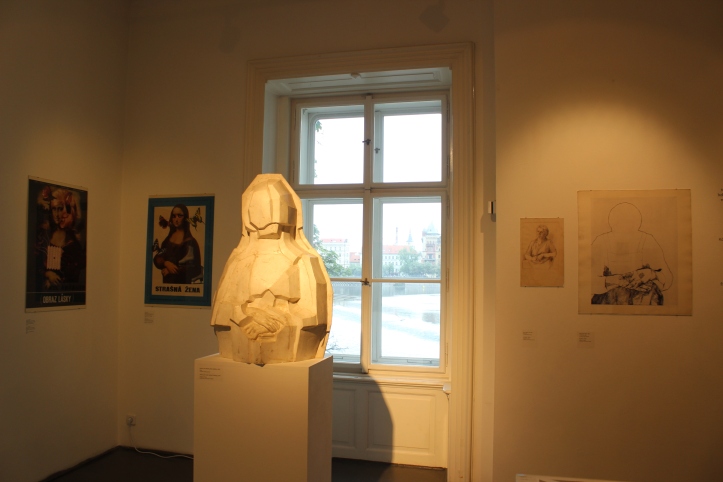
A couple’s embrace can be cut out and flipped four ways – creating ‘four different positions’, the title of this print by artist and poet Naděžda Plíšková. The playful cut-and-stick motif seems to parody a certain kind of tunnel-vision of sexuality – here, you can turn the seemingly male and female couple around to create a variation on the same embrace. In other works, we see body parts delineated, which can be used to create a female figure, as well as a do-it-yourself dinner of pan-fried pork chops. Plíšková (1934-1999) was an experimental, playful and multi-talented artist, working across the visual arts and poetry, whose works on show at Museum Kampa in Prague explore relationships between mind, body, representation and conceptions of femininity.


Describing Plíšková as an “outstanding artist of the post-War Czechoslovak generation,” the museum draws attention to the ways in which she explored her roles of “artist, mother, wife and homemaker” and situates her work within the politics of a Czechoslovak socialist state and its impact on women’s lives, as well as suggesting the artist’s critique of consumerist media imagery. The exhibition’s scope also demonstrates that pigeonholing the artist in any way would be mistaken.
As you enter the gallery, you are introduced to Plíšková’s experiments with portraiture; her Mona Lisa sculpture (called Mona Lisa Just Before Moulding) sits amidst work which plays with the image’s iconic status (putting her in hair curlers), as well as near portraits which evoke women’s labour. The notoriously mysterious Mona Lisa is brought down to earth and juxtaposed with works acknowledging the body as relating to both physical work and cultural norms.


As we move in to the next room, we learn more about the artist’s poetry, especially her work as she recovered from a spinal cord injury. Injured in 1982 and hospitalised in the Motol hospital and Kladruby rehabilitation centre, she had to learn to walk, draw and write again. Her training drawings, Antique Drawings, are placed around her poetry; we are able to see both the vulnerability and strength in this experience of becoming well again. (Sadly I was so engrossed in the exhibition I forgot to take photos of many parts and had hoped to read the collection of poems back in the UK, but I cannot find them in print here.)
Further rooms situate the artist within the context of “Pop Art” and “Gender Critique” and we see a huge range of her work from the 60s. She is known for joining the group of artists “Crusader School of Pure Humour Without Jokes” and participating in various collective happenings; humour is also visible across much of her graphic and sculptural work, which often struck me as provocative and replete with a powerful mischief.
In Remembering Boticelli, Venus appears to have jumped ship and we see the trace of the figures who typically surround her. Touches, an etching from 1971, references moments in art history with a focus on almost tentative moments of touching, juxtaposing these connections suggestively. Moments from the art historical “canon” seem to take on a new, queer significance; the moments of contact are emphasised by the clear, black lines and reducing much of the scenic detail.

Naděžda Plíšková’s work evokes both the tactile and a sense of possibility in the creative; it provokes the viewer to challenge cultural expectations around gender and identity, with a sense of humour. The exhibition at the Kampa is testament to the ways in which the artist’s work was both subversive and playful and left me with a lasting impression of an artist who sought creative and imaginative freedom amidst the challenges of everyday realities.
The exhibition was curated by Marianna Placáková and is on until the 18th August.